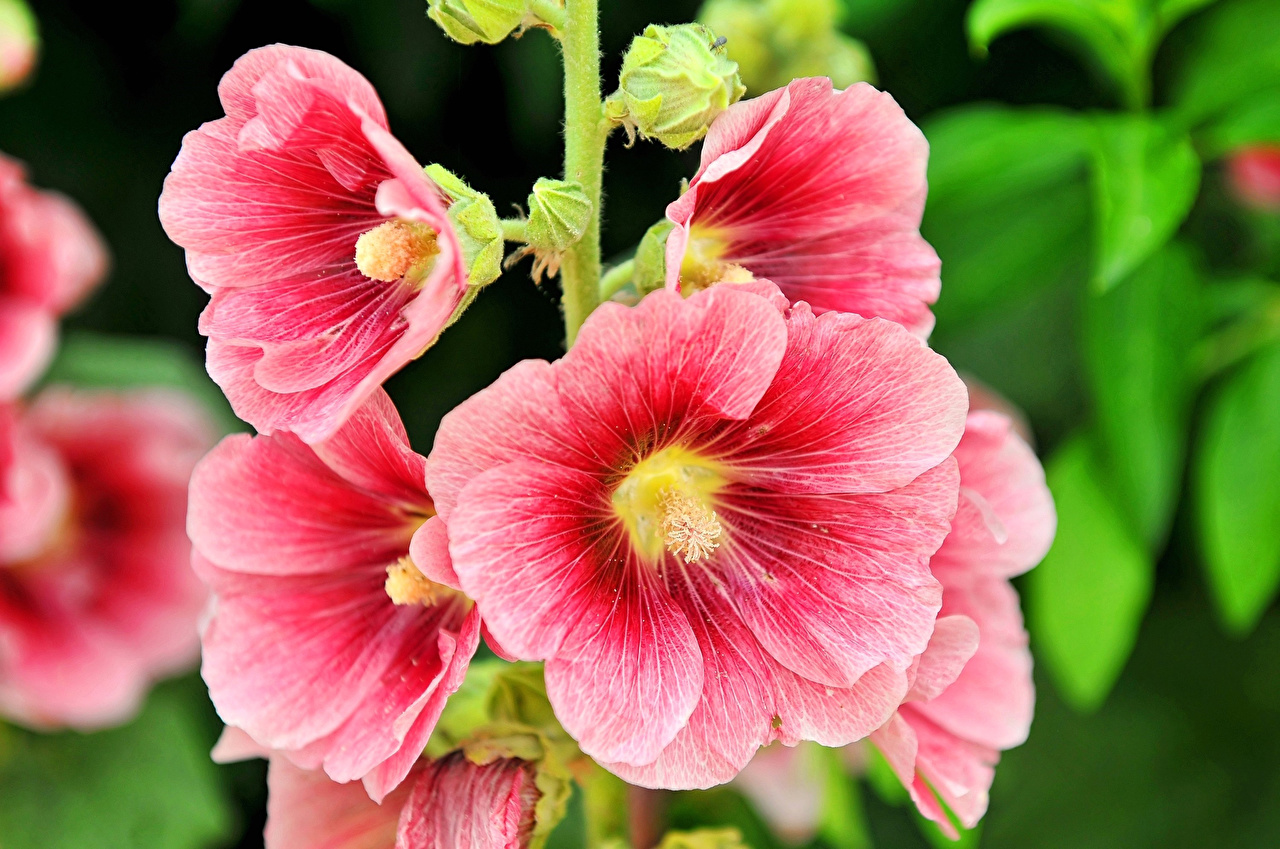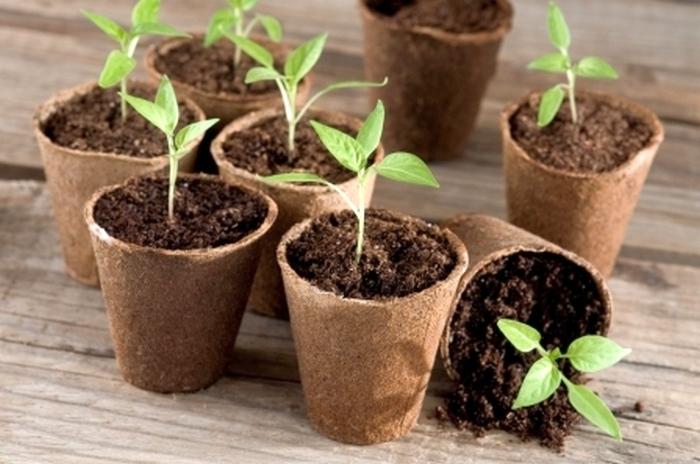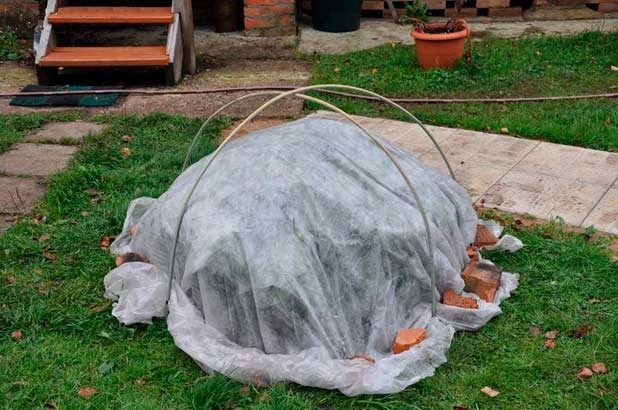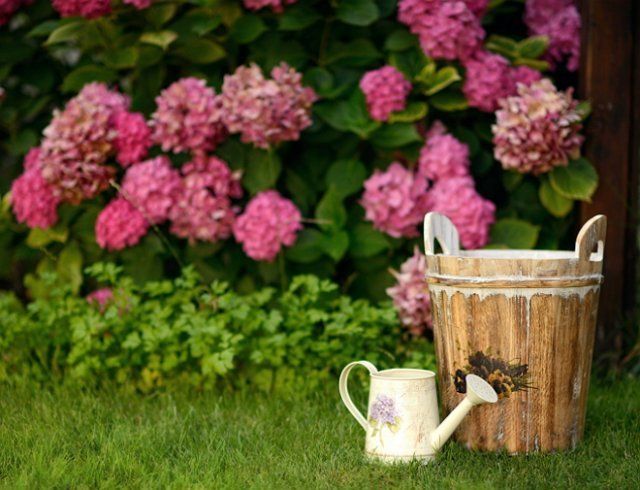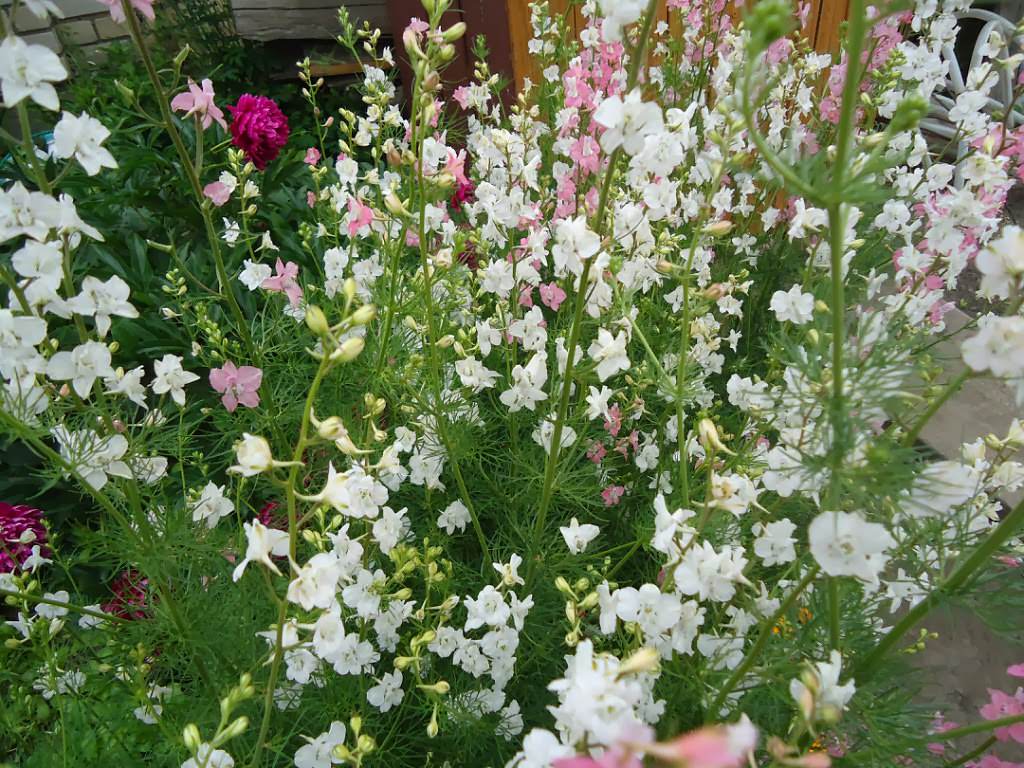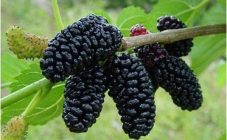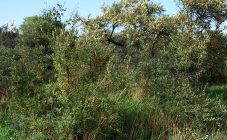Content:
Mallow, or stock-rose, mallow, has been popular since ancient times in Egypt and Greece. How perennial mallow reproduces is known in Europe, Asia and America. In the temple of the city of Kyoto (Japan), Aoi Matsuri, the Mallow Festival, has been held for hundreds of years in the spring.
Perennial mallow species are:
- hybrid;
- wrinkled;
- Sudanese;
- musky.
Mallow can be propagated in four ways: by sowing seeds, planting seedlings and cuttings, dividing the bush. Each method has its own specifics and provides for a specific method of caring for young plants.
Growing perennial mallow
Culture can be annual and perennial. The more popular perennial stock rose. The plant can reach a height of over two meters. Bright 12 cm bells are distributed along the stem. There are varieties with up to 150 flowers per stem. The colors are very diverse: from white, pink, red to the famous purple-black (Nigra variety) and even striped. The leaves are shaped like hearts.
The culture needs constant and systematic watering, especially during the flowering period. Excessive moisture is detrimental to the plant. The drought is not so bad as the stock rose has very long roots.
You can plant mallow in a greenhouse or directly to an open area. Seeds are planted in the greenhouse in April. Sowing in open ground is best done in May, when the threat of frost has passed. Seedlings from the greenhouse can be moved to an open place only in August.
Seedlings are planted for seedlings in January or February. Planting seedlings on open land is carried out in mid-May.
Reproduction
The way how to breed mallow is determined by each grower individually. This takes into account the conditions and purpose of the landing.
Sowing seeds in open ground
Mallow can be propagated by planting seeds in both spring and autumn. Seeds must be checked for germination before planting. To accelerate germination, they are soaked for 12 hours in warm water. They remain viable for up to 4 years.
Depending on the variety, the seeds are planted at a distance of 40-60 cm. The shorter distance is acceptable for undersized (nutmeg varieties), compact bushes. Large, tall specimens need more space.
In the spring, 3 cm holes are dug, 2-3 seeds are placed in each. Seeds can be embedded in shallow furrows. The earth needs to be tamped and watered a little. If it is still cool outside, then cover the plantings with foil. Seeds sown in spring need regular watering. In the third week, the seeds will give the first shoots.
In autumn, seeds of perennial mallow are usually planted. Peat can be used to powder the seeds. Then, to protect against freezing, the crops are covered with a dense layer of foliage.
The sprouts will hatch in early spring, they must be carefully looked after and protected from frost. A perennial planted before winter will be able to please with the first flowering in the spring.
How to propagate mallow seedlings
To grow mallow using seedlings, you need to sow seeds in the spring. In the second half of summer, when the seedlings grow up, they are planted in an open place.
Flowers grown from seed will only bloom the next year. The boxes are not suitable for seedlings - there is a possibility of damaging the roots during transplantation. The flower will hurt, and eventually it may die. For this, it is better to use wide peat cups.
Seedling growing rules:
- The cups are filled with fertile soil.
- Several seeds are placed in each glass, which need to be sprinkled with earth a little.
- Then the soil is watered abundantly with water.
- To accelerate the appearance of the first shoots, the air temperature should be close to 18-22 ° C. It is more convenient to grow seedlings in a greenhouse. With systematic watering and a comfortable temperature regime, the seeds will sprout in a couple of weeks.
- Weak seedlings are removed, leaving only healthy and strong ones. The removed shoots can be planted (carefully picking) in peat pots.
- Seedlings are planted in the ground in peat glasses.
Propagation of mallow by cuttings
It is preferable to propagate a double stock rose by cuttings or dividing the bush. These methods allow you to preserve the varietal characteristics of plants. Reproduction by seeds does not guarantee the preservation of varietal traits and leads to the disappearance of doubleness in flowers.
After cutting off the shoots that have formed near the main stem, they need to be planted in a flower pot. Pre-cuts are sprinkled with crushed charcoal. Then you need to water abundantly and cover with plastic or clipped plastic bottle.
The cuttings should take root and grow. Then they are transplanted to a permanent place. They should be covered in winter. Not all cuttings take root. Therefore, they land with a margin.
Breeding mallow by dividing the bush
You can help mallow reproduce by dividing old bushes. To do this, you need to dig out the rhizome with a pitchfork, and, dividing it into parts, root it in the ground.
Agrotechnics
It is preferable to plant mallow in a sunny place, it also tolerates partial shade well, and throws out few peduncles in the shade. Mass plantings are easily tolerated by the wind. Single plants should be planted in places protected from the wind.
Care
Caring for mallow does not require much attention. They are watered once a week; during drought, the interval between waterings is reduced.
Regular weeding and loosening will help get rid of weeds and oxygenate the land. In order not to disturb the root system, this must be done carefully.
Mallow bushes need additional nutrition from the next year, after planting. They start feeding the plants in June. Potassium-phosphorus fertilizers are applied every 3 weeks. Before the formation of buds, they are fed with mineral fertilizer with a high nitrogen content.
Mulching with peat or humus is advisable during the entire growing season.
Pests and illness
Harmful insects and dangerous diseases prevent mallow from multiplying. Of the pests, stock-rose is especially to taste:
- slugs;
- leaf beetles;
- weevils;
- spider mite;
- aphids.
You can fight pests with folk remedies, for example, a solution of laundry soap. To get rid of aphids will help infusion of nettle, and from nematodes - infusion of marigolds. For slugs, set up beer traps. For serious injuries, insecticides will help.
Mallow diseases:
- rust;
- powdery mildew;
- anthracnose;
- spotting.
To minimize the possibility of diseases, after wintering, you need to treat the plants with 1% Bordeaux liquid or cuproxate. Folk methods are effective: a mixture of 0.5% ammonium nitrate or 0.5% soda ash with laundry soap; a mixture of wood ash (1/2 bucket for 2 buckets of water) with laundry soap. Garlic tincture is a good preventive measure against pathogens and harmful insects.
To protect the plant from the appearance of diseases, thickening of the plantings and waterlogging of the soil are not allowed.
Bushes that are very affected by diseases or pests must be dug up and burned. If the plant has recently become ill, then it is enough to remove the damaged leaves.
It should be noted that mallow, in addition to its decorative properties, also has a healing effect. As an anti-inflammatory, it is used to treat diseases of the oral cavity and to heal wounds.
If you want all the colors to mix in the yard, as on the artist's palette, then you should give preference to such a flower as mallow, the reproduction of which will delight you with an unsurpassed appearance.

